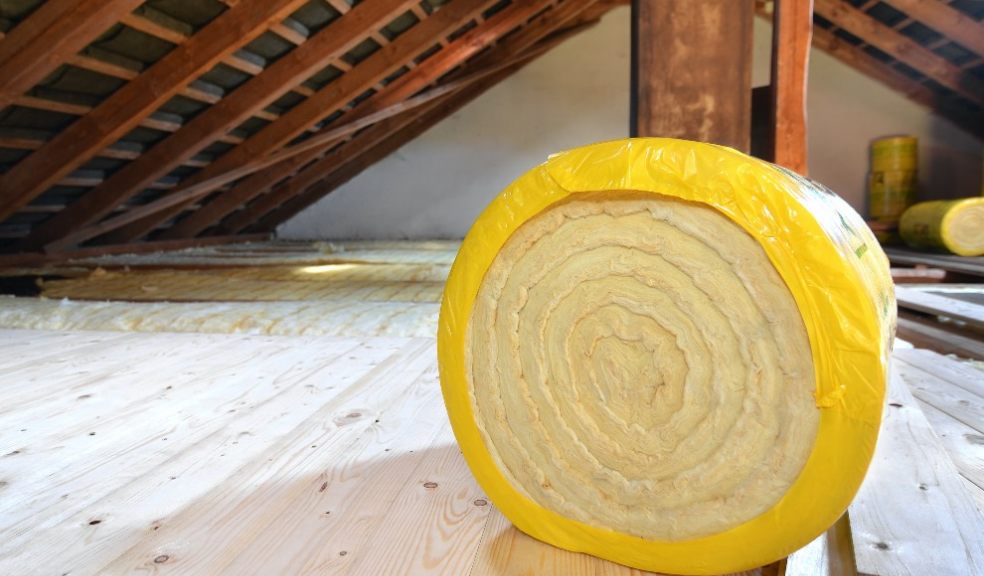
Home Insulation: What You Need to Know Before You Start
If you're thinking about adding insulation to your home, you're on the right track. Insulation is one of the most effective ways to improve energy efficiency and lower your energy bills. But before you start shopping for insulation, there are a few things you need to know about your choices. In this blog post, we'll cover the three most important factors to consider before you insulate your home. Read on to learn more.
What type of insulation do you need?
There are several different types of insulation available from suppliers such as Materials Market, and each type has its own set of benefits and drawbacks. The most common types of insulation are fiberglass, cellulose, and foam. When deciding which type of insulation is right for your home, it's important to consider the R-value, or thermal resistance, of the material. The higher the R-value, the more effective the insulation will be at keeping heat out (or in).
Another factor to consider is the vapor permeability of the material. This is especially important if you live in a humid climate. Some types of insulation, like fiberglass, can absorb moisture from the air and become ineffective over time. Others, like spray foam, provide an airtight seal that prevents moisture from entering your home in the first place.
Here are some different types on insulations, and the pros and cons of each:
Blanket Insulation
Blanket insulation is the most common type of insulation. It comes in batts or rolls, and is typically made from fiberglass, rockwool, or cellulose. Blanket insulation is easy to install, and it's relatively inexpensive. The downside is that it doesn't always provide a tight seal, which can lead to drafts and energy loss.
Loose-Fill Insulation
Loose-fill insulation is made from fiberglass, cellulose, or rockwool. It's blown into place using a special machine, and it can be used to fill hard-to-reach spaces like attic rafters and crawl spaces. Loose-fill insulation is great for preventing drafts, but it can be difficult to install.
Spray Foam Insulation
Spray foam insulation is made from polyurethane and is sprayed into place using a special machine. It's one of the most effective types of insulation, but it's also one of the most expensive.
Rigid Foam Insulation
Rigid foam insulation is made from polystyrene or polyisocyanurate, and it comes in sheets or blocks. Rigid foam insulation is easy to install, and it does a great job of sealing off air leaks. The downside is that it's not always the most aesthetically pleasing option.
Concrete Block Insulation
Concrete block insulation is made from concrete that has been poured into blocks. It's a great option for new construction, but it's not always the best choice for existing homes.
R-value
R-value is a measure of an insulation's ability to resist heat flow. The higher the R-value, the better the insulation will be at keeping your home cool in the summer and warm in the winter. When choosing an insulation, it's important to select one with an R-value that is appropriate for your climate.
Where do you need to add insulation?
Not all parts of your home are equally susceptible to heat loss (or gain). The most important areas to insulate are your walls, attic, and basement or crawlspace. These are typically the places where heat escapes (or enters) most easily. But before you start adding insulation willy-nilly, it's important to have your home professionally assessed by an energy auditor or HVAC contractor. They'll be able to tell you exactly where your home needs more insulation and how much you'll need to add for maximum energy efficiency.
How much will it cost?
The cost of insulating your home will vary depending on a number of factors, including the size of your home and the type and amount of insulation you use. However, there are some general guidelines you can follow when estimating the cost of insulating your home. For example, according to Energy Star, cellulose insulation costs an average of £0.60 per square foot while fiberglass costs an average of £0.70 per square foot. These prices do not include labor costs; if you're planning on hiring a professional contractor to install your insulation, be sure to factor that into your budget as well.
Once you've considered all these factors—type, location, and cost—you'll be ready to start shopping for insulation materials and get started on improving the energy efficiency of your home!
Bottom line
Adding insulation is one of the best ways to improve energy efficiency in your home—but before you start shopping for materials, there are a few things you need to keep in mind. First, consider what type of insulation you need based on factors like R-value and vapor permeability . Next , think about where in your house you need to add additional insulation . Finally , factor in the cost of materials and installation when estimating your budget . Once you've considered all these elements , you'll be ready to start shopping for insulation.













